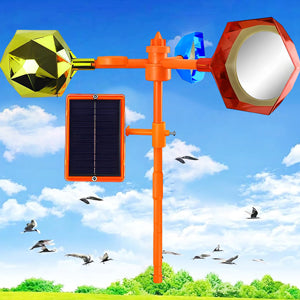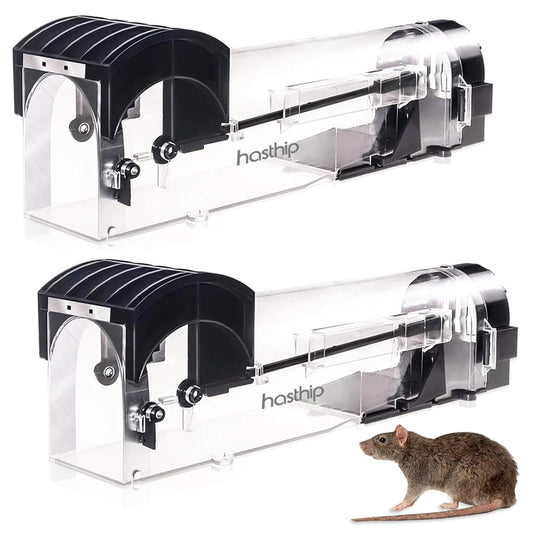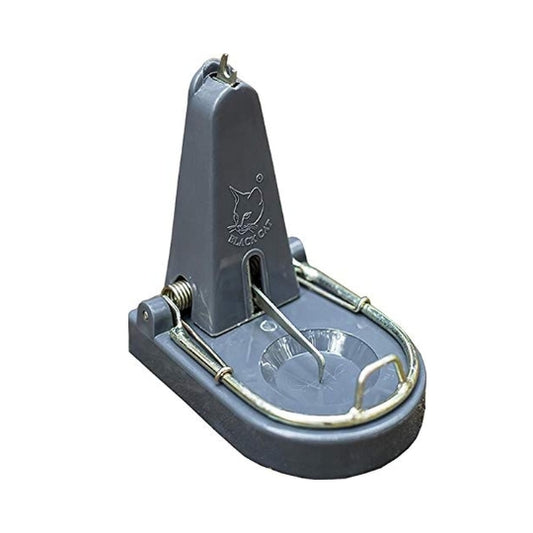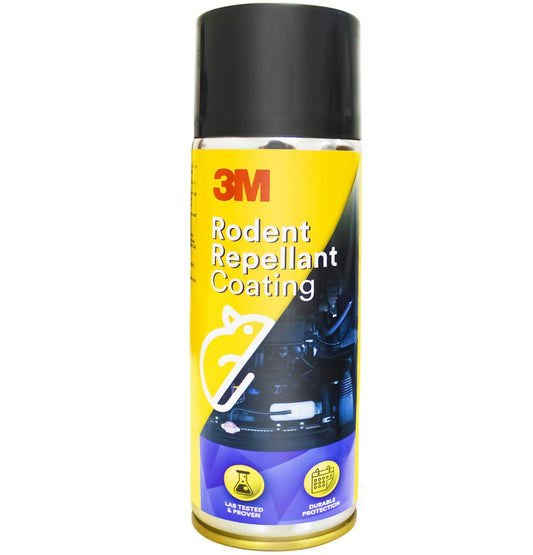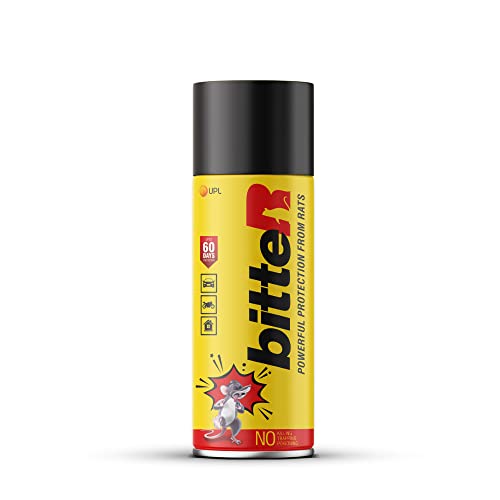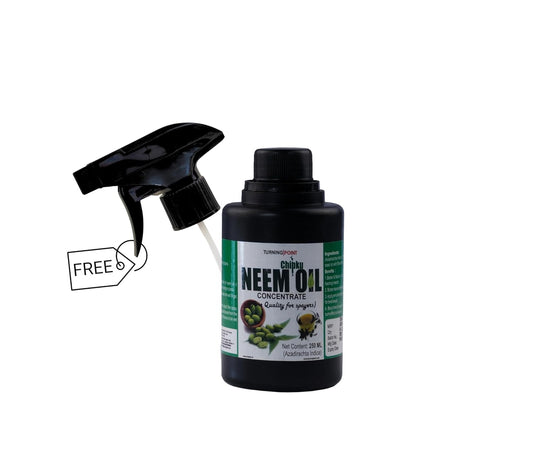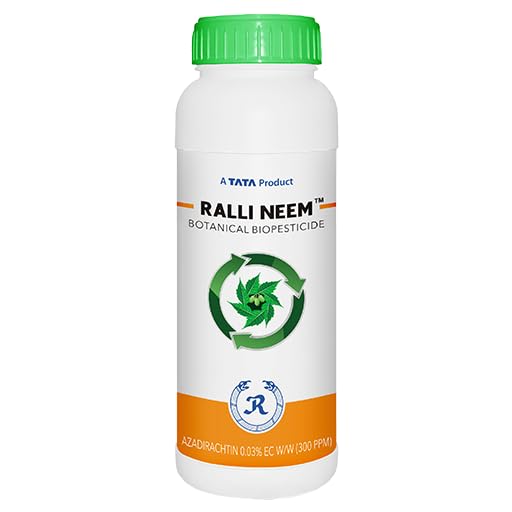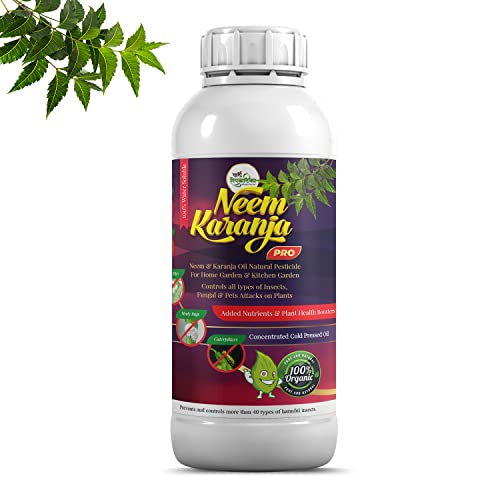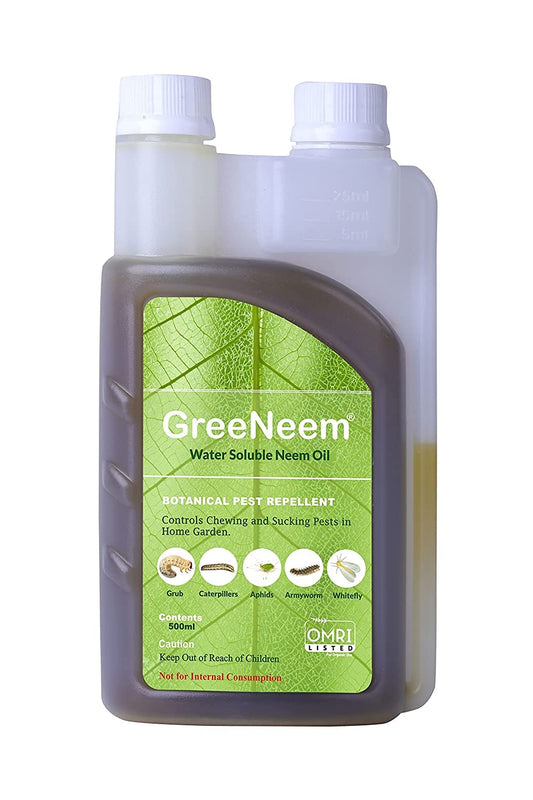
Why Beauveria bassiana is better than chemical pesticides and when, why and how should farmers use it.
Share
As a farmer, a growing crop delights him; however, at times, he worries about problems like pests – pests that may chew his crop or suck its juices and spread viral and fungal diseases. In most cases, farmers would prefer a chemical pesticide and spray it. However, through years of experience, we have learned that chemicals seldom work. Rising costs and residue problems are also working against chemical pesticides. At this juncture, farmers need a product that will not only solve their problem but will also remain cost-effective and residue-free.
Here, we shall discuss Beauveria bassiana as a powerful and versatile organic insecticide that provides effective pest control for a wide range of plants, crops, and home gardens. Let's read this information in a question-and-answer format. If this page does not answer questions arising in your mind, feel free to ask in the comment section.
What is Beauveria bassiana?
Beauveria bassiana is a naturally occurring entomopathogenic fungus that acts as a parasite on over 700 species of insects, ultimately leading to their mortality through a disease known as white muscardine. It is a certified organic pest control solution, registered under the Central Insecticide Board, and complies with The Act 1968, with a minimum CFU (Colony Forming Unit) count of $1 \times 10^8$ per gram at 1.15% W.P. Commercial formulations are available in various forms, including suspensions and wettable powders. Researchers have conducted trials around the globe and have published several hundred research papers on the performance of Beauveria bassiana.
Who Benefits from Beauveria bassiana?
Beauveria bassiana offers significant benefits to a wide range of users:
- Farmers looking for sustainable and environmentally sound alternatives to conventional chemical pesticides. It supports Integrated Pest Management (IPM) strategies and can be used in both organic and non-organic farming systems.
- Home Gardeners seeking natural and safe insect control solutions for their plants.
- Various Crops and Plantations including Paddy, Chilli, Tomato, Okra, Groundnut, Cotton, Pulses, Sugarcane, diverse vegetable crops, Tobacco, Banana, Papaya, and horticultural & floricultural plantations. It is also effective for managing pests in residential areas, such as ticks and bed bugs.
When to Apply Beauveria bassiana?
The timing of application is crucial for optimal effectiveness.
Optimal Conditions:
Beauveria bassiana exhibits optimal growth and infectivity at temperatures ranging between 20°C and 30°C, and high relative humidity levels, ideally above 90%, are essential for spore germination and infection.
Application Timing:
For foliar sprays, apply preferably in the early morning or late evening, directly targeting pests on leaf undersides, especially when insects are most active.
Pest Control Timeline:
While chemical pesticides often provide a rapid knockdown effect, Beauveria bassiana works through infection, which typically takes 3 to 10 days to kill the insect. However, this delay is compensated by the rapid buildup of biopesticide activity as spores of Beauveria bassiana emerge from dead insects and spread to new hosts.
Where is Beauveria bassiana Applied?
Beauveria bassiana is naturally found in soils across diverse geographical regions globally, including temperate and tropical climates, and persists as a natural reservoir for pest control. For agricultural and home garden use, it can be applied to:
- Plants and Crops: Directly on plant surfaces as a foliar spray to target above-ground pests.
- Soil: For controlling root-feeding insects and termites, through drenching or by mixing with organic fertilizer/soil and applying uniformly.
- Drip Irrigation Systems: For targeted delivery to the root zone.
- All Plant Types: Suitable for both indoor and outdoor plants, including flowering and fruiting varieties. Seed treatment is also an emerging application strategy for early-season protection.
Why Beauveria bassiana is better than chemical pesticides?
Every farmer must consider choosing Beauveria bassiana as it has a proven record, is economically and functionally rewarding, and offers numerous advantages for sustainable pest management.
- Environmentally Sound: It is an environmentally friendly alternative to conventional chemical pesticides, significantly reducing reliance on synthetic chemicals and minimizing the ecological footprint of farming practices.
- Holistic Pest Management: Compatible with Integrated Pest Management (IPM) strategies, it integrates well with other pest control techniques, contributing to balanced crop protection.
- Broad-Spectrum Efficacy: Effective against a wide range of target insects including Leaf Folder, Western Black Thrips, Mealy Bugs, American Bollworm & other larval pests, Grubs, Beetles, Whitefly, Jassids, Thrips, Mites, and Termites. Specific examples include efficacy against aphids, whiteflies, thrips, and various caterpillars.
- Safety Profile: Generally considered safe for humans, animals, birds, and most beneficial insects when used correctly, and it does not leave harmful chemical residues on crops, promoting food safety.
- Long-Lasting Protection: The fungus continues to grow in the soil and organic residue, providing natural and long-lasting pest management.
- Cost-Effective: It can be a cost-effective bio-pest control solution for various crops, particularly for small and marginal farmers.
- Promotes Healthy Growth: By targeting noxious insects, it contributes to overall healthy plant growth.
How Does Beauveria bassiana Work?
Mode of Action:
The infection cycle begins when Beauveria bassiana spores (conidia) come into contact with a susceptible insect. These microscopic spores adhere to the insect's outer cuticle and, under suitable humidity and temperature, begin to germinate. The germinating spores form hyphae, which secrete hydrolytic enzymes (like chitinases, proteases, and lipases) to degrade and penetrate the insect's cuticle. Once inside, the fungus multiplies and spreads throughout the insect's body, colonizing internal tissues, competing for nutrients, and disrupting physiological processes. During this invasive growth, Beauveria bassiana produces toxic secondary metabolites (e.g., beauvericin, bassianin) that further weaken the insect and contribute to its death. After the host dies, the fungus emerges externally, often forming a characteristic white mold, and produces new infective spores to continue the cycle. This contact-based mechanism makes it effective against pests with various mouthparts.
How should farmers use Beauveria bassiana?
Application & Dosage:
Beauveria bassiana is available in various formulations, including wettable powders, which need to be mixed with water. Thorough coverage of the target pest during application is critical for effectiveness.
-
Foliar Spray (for Sucking pests, Borer & Cutworm):
- Dosage: 7-10 gm per liter of water.
- Method: Apply preferably in the early morning or late evening, ensuring direct targeting of pests, especially on the undersides of leaves.
-
Soil Application (for Root Grubs and Termites):
- Dosage: 1-2 Kg per acre.
- Method: Apply by drenching or by uniformly mixing with 250 Kg of organic fertilizer/soil.
-
Drip Irrigation System:
- Dosage: 1-2 Kg per acre.
- Method: Mix with water and apply through the drip irrigation system.
Always refer to the product label for specific instructions and recommendations to ensure optimal results and safety.
When to Apply for More Effectiveness:
To ensure its effectiveness, apply when insects exist in a form that has a softer outer surface, the temperature is below 35°C, and moisture is high. Do not apply chemical fungicide before and after the use of Beauveria bassiana.
We hope to answer you all questions but if not, please write comment. Please share the content with friends and join our Whatsapp channel.








